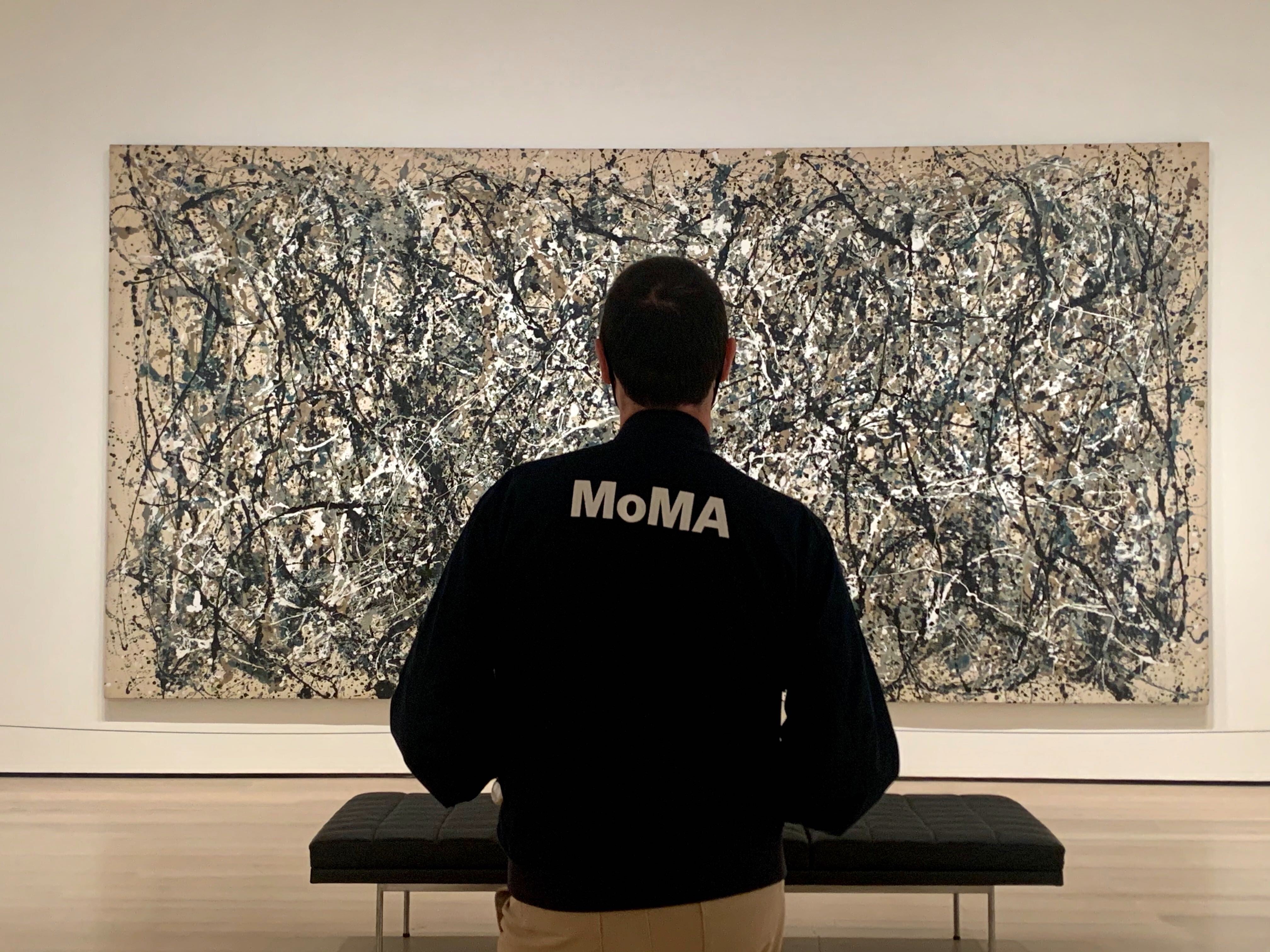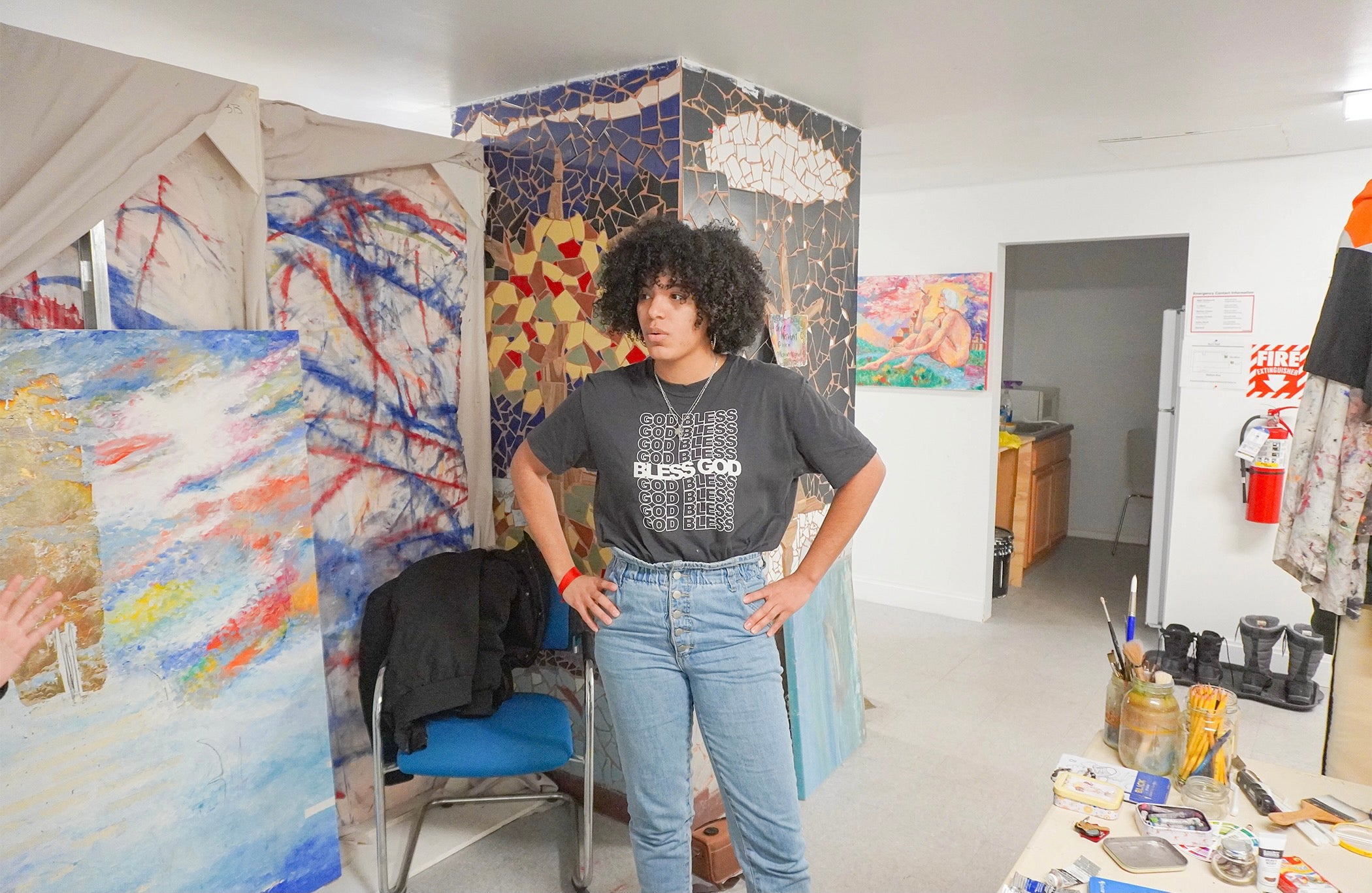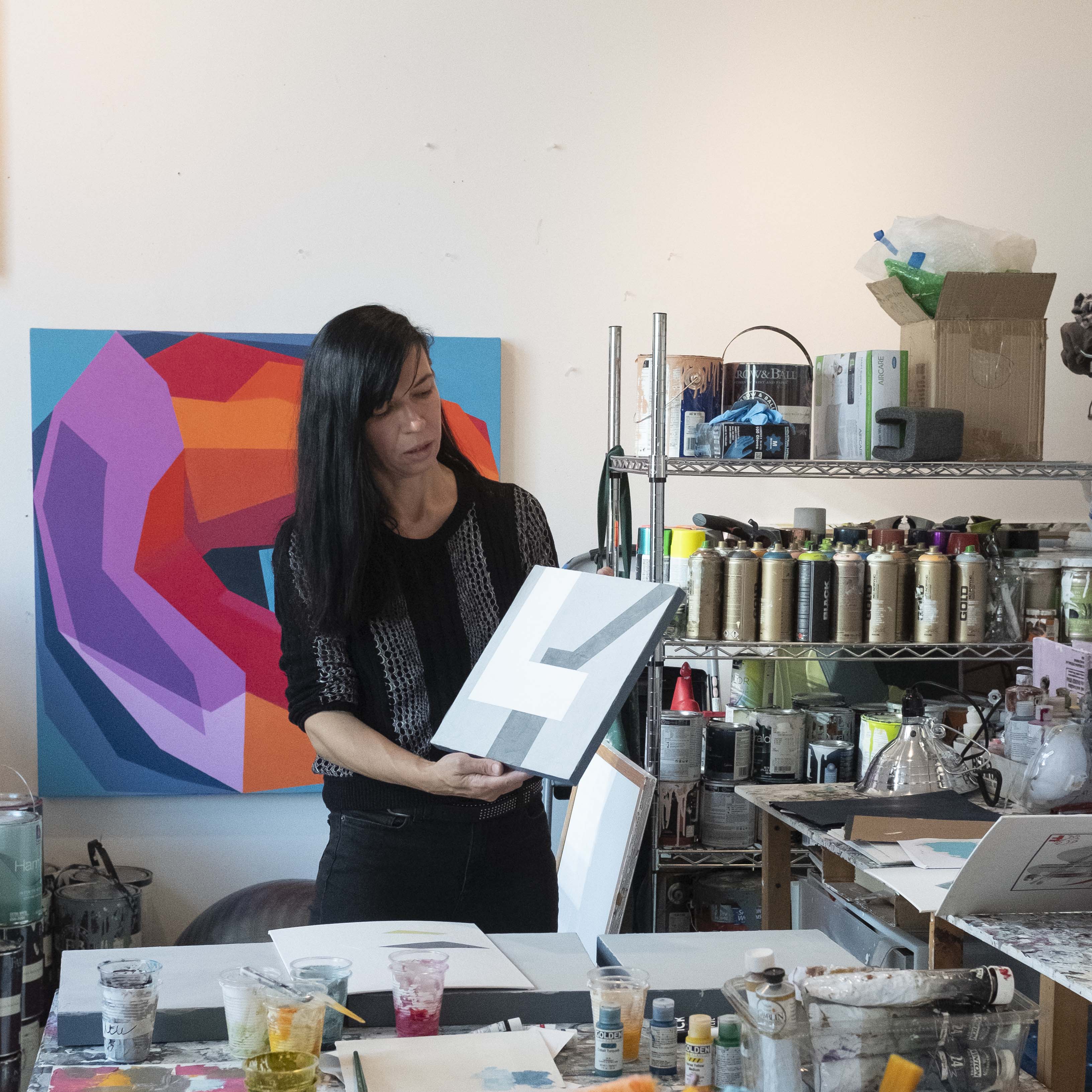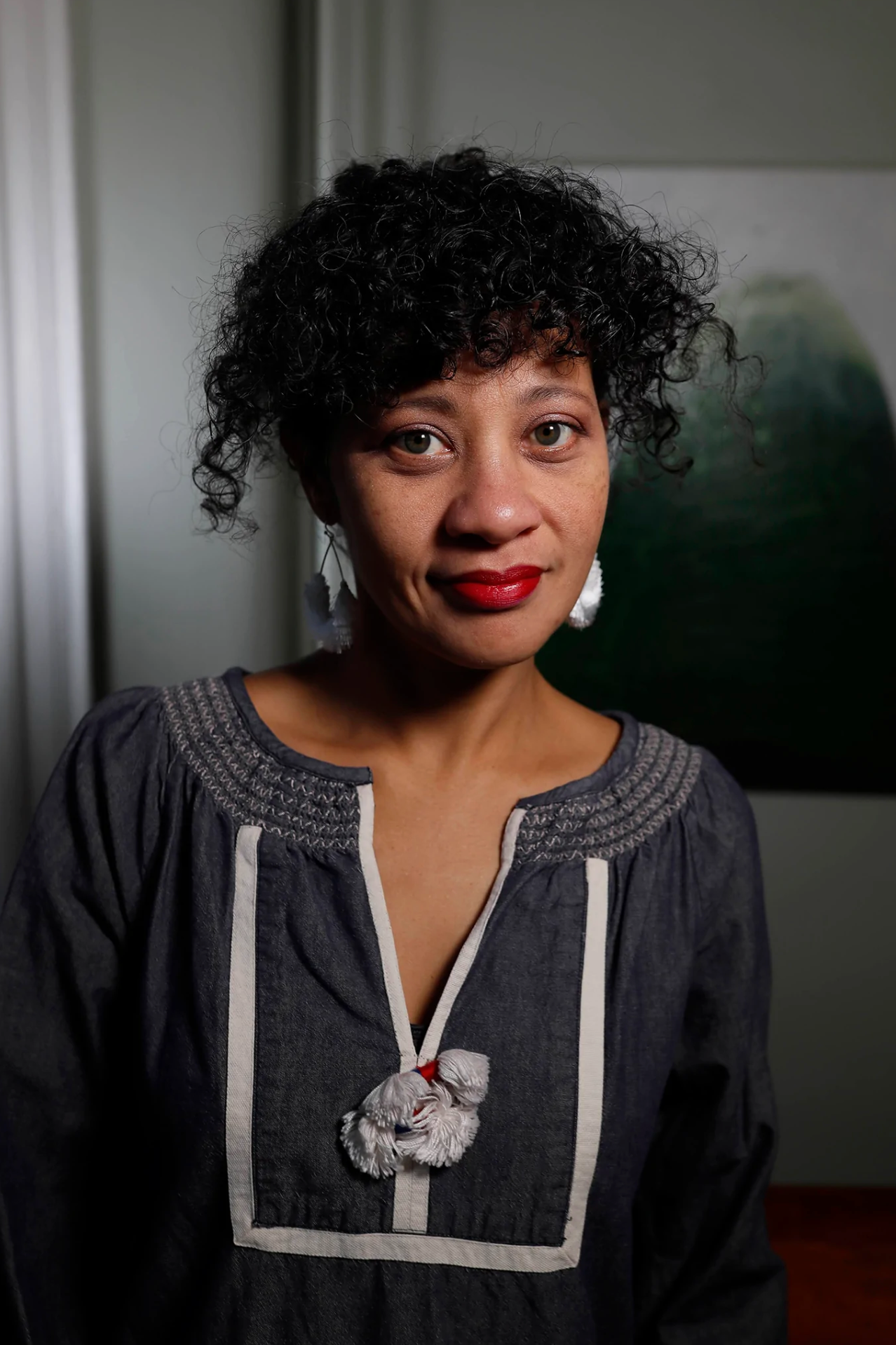No Products in the Cart

Vicarious Living at: MoMA

An emptier, quieter MoMA is like seeing a picture frame without the actual painting. It’s also like realizing that said frame is some kind of sick, twisted conceptual art that is in itself art.
What I mean by that is, museum buildings are strange spaces - any other building is meant to be filled with people and objects in the space in between walls. Museums are all about the walls and what’s on them. The people crawling along those walls, peering over each other’s shoulders, are subsidiary, if not a pesky hindrance to seeing those great paintings in clear light. So at least we thought.
Sanitized Space, Literally

Someone once called museums “sanitized spaces”, in that it presents artworks as pure, transcendental objects apart from the dirt and grime of everyday life. Now that sanitization turns literal, as you pass through temperature detectors while constantly gauging the distance between you and the person before you.
The sharp glances of museum employees repeating rigid stop and go signs with their hands no longer feels judgmental - it feels natural, necessary. Even comforting. Perhaps because their extreme caution is no longer about how close you are to paintings, but for the protection of your life.
To see people clearly

Other visitors around me weren’t a swarm of forgettable faces anymore because, this time around, there were few enough people for me to recognize as individuals.
I remember a college student whose perfectly bleached Billy Idol-esque hair I kept looking at. A young couple with a baby in the stroller who I first instinctively leaned towards then immediately flinched back. Even security guards, who are supposed to somewhat “fade into the background” with their stoic postures and dark uniform, I could hear every rustle of their pants and the whispers they exchanged.
I couldn’t help but watch everyone intently - and felt watched myself, too.
“You know...I know the art historical importance of these paintings but they don’t excite me anymore”. I confessed to my coworker Grace at the doorway of the Monet room.
“Why?”
“It’s been so overused in textbooks. Hard to look at them with fresh eyes.”
As soon as I said it, I heard my own voice echoing back from the surrounding walls - and thought it sounded so bratty. So thought the old lady who looked up at me from her bench.

Like painting, like visitor.
There were two new noticeable new additions: Neri Oxman’s Material Ecology and Shuzo Azuchi Gulliver’s Cinematic Illuminations.
Neri Oxman: Material Ecology

Since this exhibition opened in late February, it will start and end within quarantine. But it also means it wasn’t planned with the pandemic in mind (I mean...who saw it coming really?)
Considering that, it seemed weirdly befitting that this exhibition suggested a better coexistence between science and nature - science that doesn’t exploit and objectify other living beings but coexists with them. Namely, it featured research from Neri Oxman’s MIT lab that created synthetic fibers inspired by molecular constitutions of organic materials like hornet’s wings, or silk that can be produced without boiling silkworms alive.
It’s the kind of humbleness admitting science isn’t something that makes us special or better than other animals, it’s in fact about learning from what’s around us. That’s become painfully obvious to us, of course - whether you consider covid to be “nature’s retribution” or a challenge that can be surmounted by our medical technology, even people who have nothing to do with science are feeling that science isn’t a cure-it-all. It will always have errors and limitations. Errors and limitations that can’t be solved by more science, but by other means.

Especially these “death masks” that preserve the last breaths of a person, appeared particularly poignant.
Shuzo Azuchi Gulliver’s Cinematic Illumination

If you haven’t noticed already, we’re fans of Fluxus here at Curina. We’ve talked about it a few times in articles - but it actually is a movement difficult to see at institutions today, because a lot of it was performance or event-based.
To have this particular piece at MoMA is pretty great, because it goes along the line of new MoMA’s mission to decenter the history of modern art from European focus. That is, art has always been global although non-European art wasn’t as well documented and studied back in the 50-60s, and even worse further back, compared to today.
And much like Neri Oxman’s Material Ecology, Cinematic Illumination adapts really well to the age of quarantine, but in an opposite way. It’s more placating than critical, validating the easy satisfaction of watching the world around you go round and round without having to think about your place within it. Indeed, the huge, revolving images of this piece, that is huge enough to be your entire plane of sight yet deceivingly friendly because of the warm glow, has an almost hypnotic effect. The speakers play 70’s rock music that is now nostalgic to us, but layered with the flickering tick-tick-tick of a vintage film reel.
Out into the Open
The rest of MoMA is pretty much the same as the time it reopened.


Certain sections were closed, although not as many sections as I thought. Most of the closed sections were screening rooms dedicated to multimedia pieces. Which is odd, because there still are video pieces playing in the bright of galleries - the most noticeable one being Dara Birnbaum’s Technology/Transformation: Wonder Woman (1978-79) whose crisp 80’s muzak fills the entirety of the 2nd floor, again, made more obvious by the lack of crowds and commotions.
My guess is that they found daunting the idea of having these dark screening rooms where it’s much harder to observe if people are really staying 6 feet apart. No more hidden corners, everything has to be streamlined for surveillance.
Windows

You can’t quite explain these new feelings and sensations from just external changes that grew out of practical needs. Instead, it may be an awakening to the role of museums as windows, or portals (read more at @decolonizetheartworld’s post “Museums as Portals”) that has always existed but were too hard to see during normal times.

Jenny Holzer and Lady Pink, Trust Visions That Don’t Feature Buckets of Blood deals with the armed conflict in Nicaragua, but the message and even the image is far too familiar.

Just the fact that we’ve spent the past few months in the “sensory deprivation tank” that is our homes should help re-sensitize us to how alienating modern art is. Especially the top floor of MoMA, that features early Modern art - Impressionism, Cubism, and Futurism - no longer resonates as classics that you learned from textbooks. They don’t exert that kind of gravity on me anymore, at least. Instead of serious stares, they elicit a sarcastic chortle, not because I necessarily blame the mistakes of our predecessors but I can finally feel the naive optimism of a society that truly believed in an unbridled power of technology, and being progressive was to not believe that racial superiority could be measured with the shape of your skull.

Is it possible?






